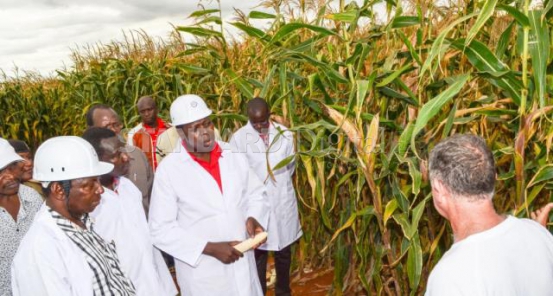×
The Standard e-Paper
Join Thousands of Readers

High costs due to inefficient use of fertiliser, water and land as well as political wrangles between the national and county governments could have contributed to the dismal performance of the Jubilee government flagship food security project Galana Kulalu.
The one-million-shilling Galana Kulalu food security project that straddles Tana River and Kilifi counties managed a paltry ten 90kg bags of maize per acre on the 10,000-acre model farm - a far cry from the 40 bags that had been expected from an acre.